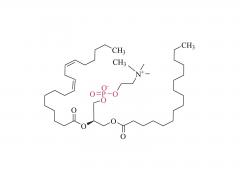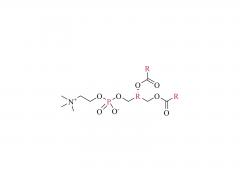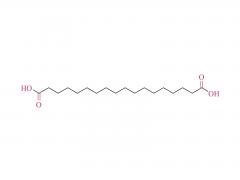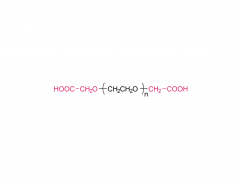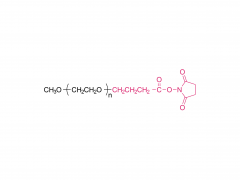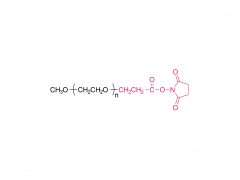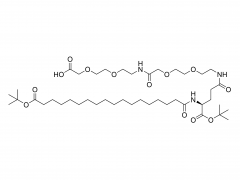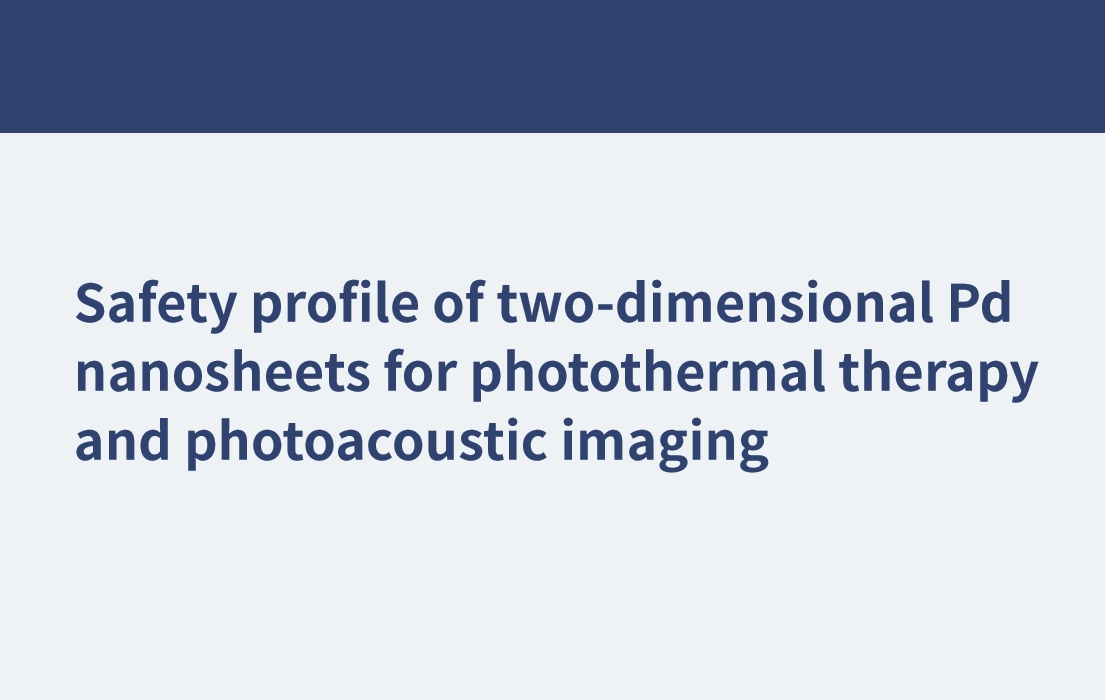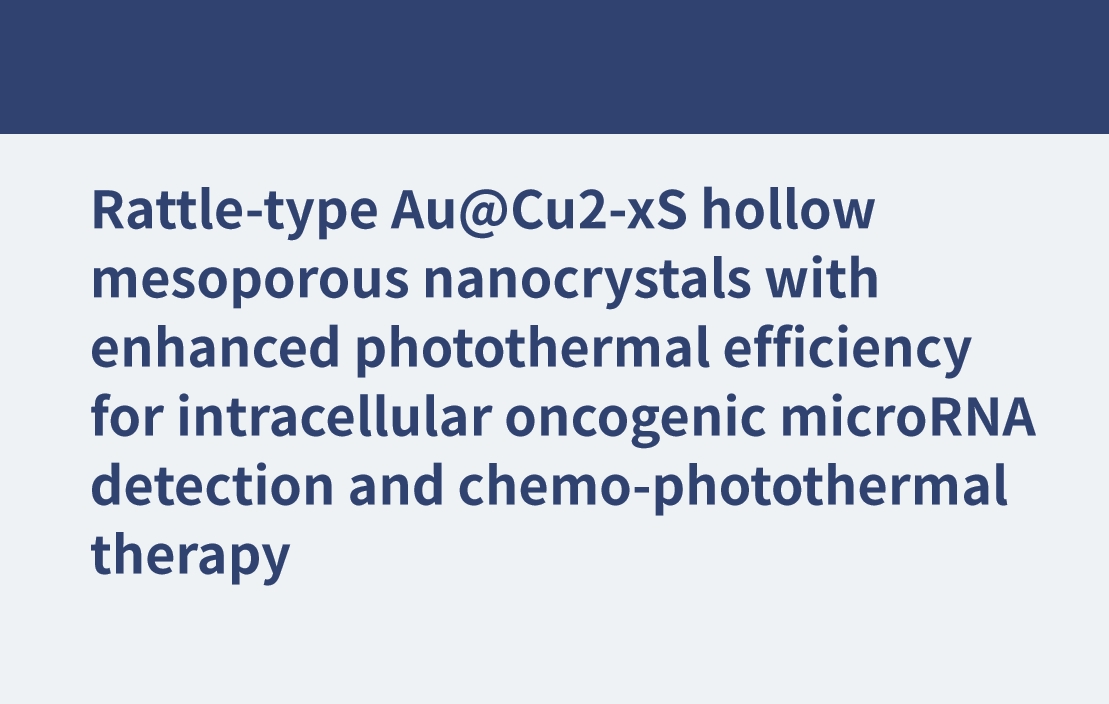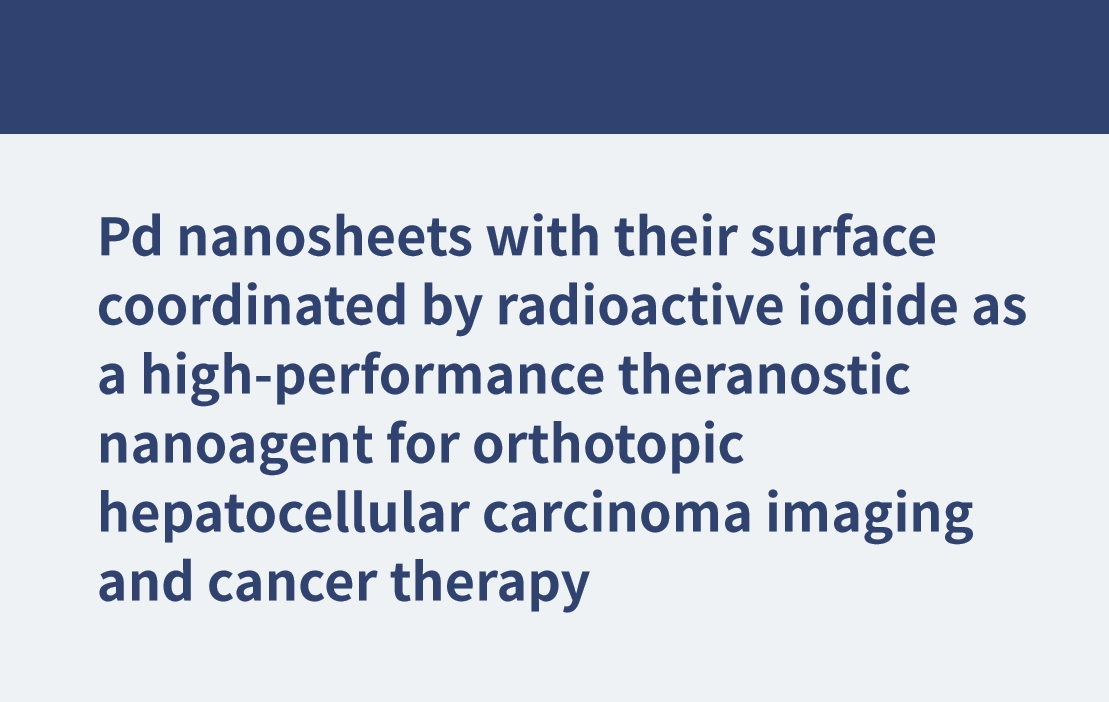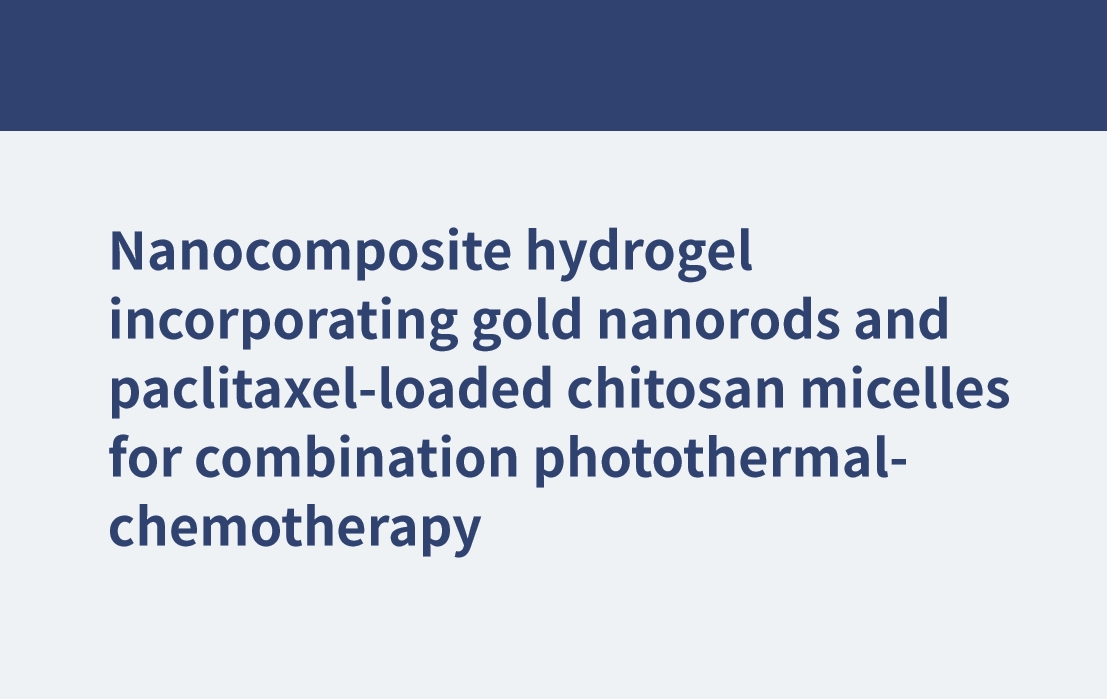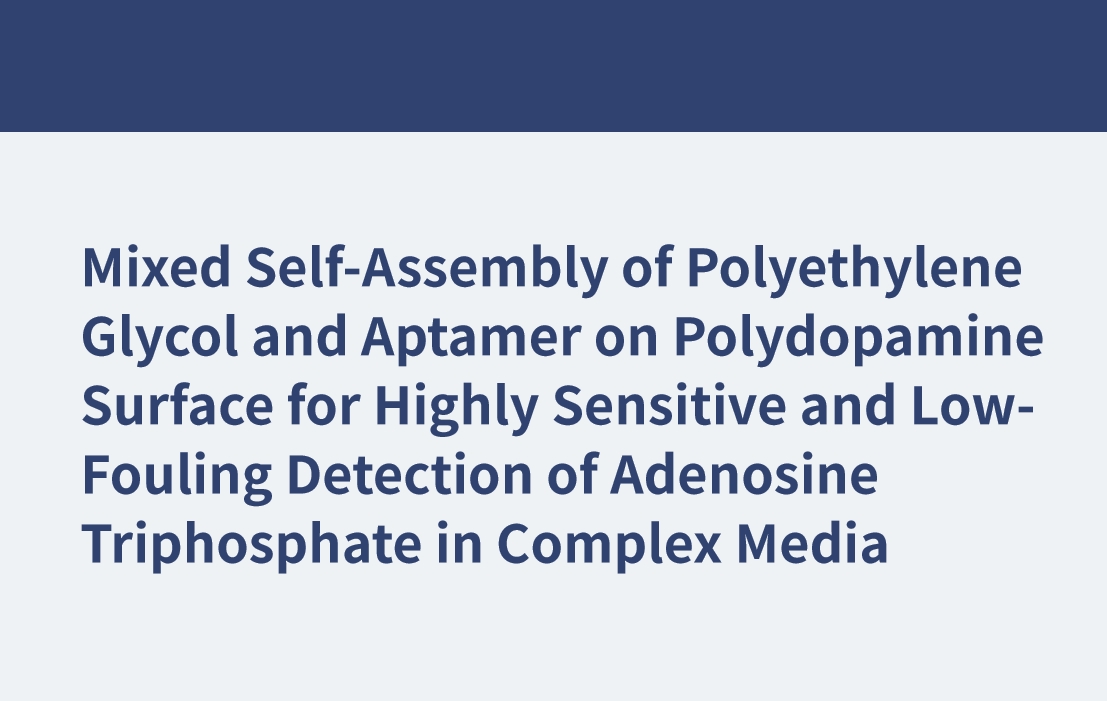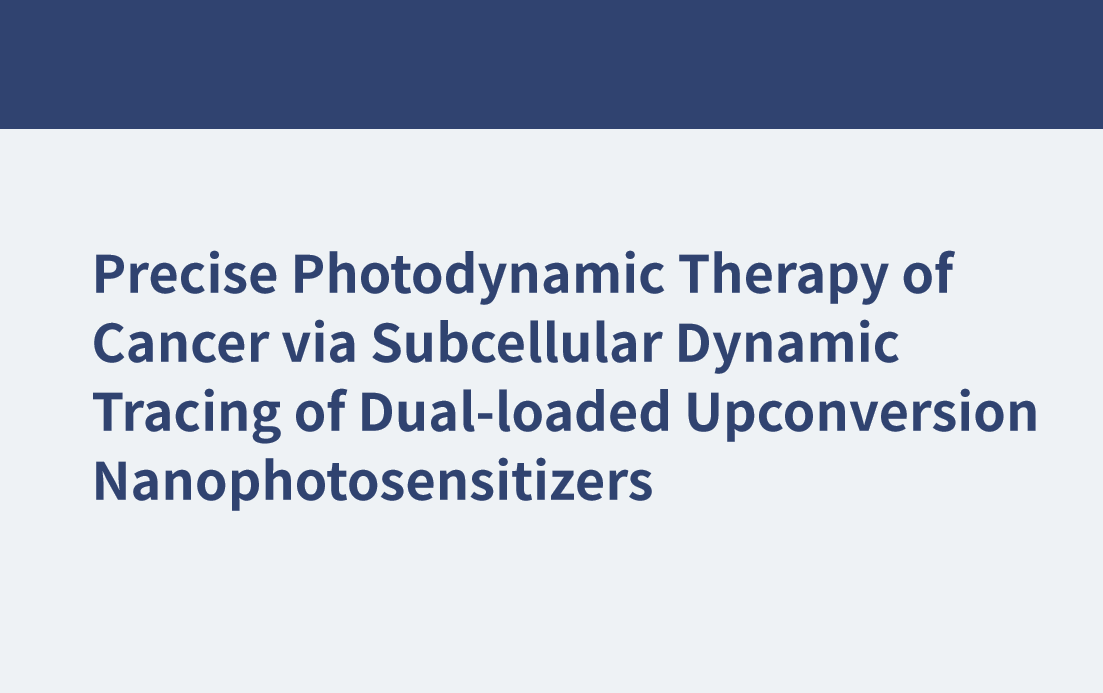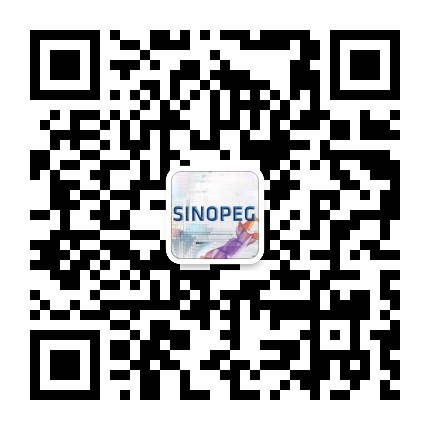We are delighted to announce that SINOPEG will be participating in the LNP Formulation & Process Development Summit 2024 Agreement, scheduled to take place on April 29, 2024, in Boston, USA. This prestigious exhibition offers a unique platform for industry professionals to gather and exchange valuable insights on the latest advancements in LNP formulation and process development. We extend a warm welcome to everyone interested in this field to join us at this exciting event. Powered by latest developments with LNP CRISPR gene editing in the lungs, Bayer and Acuitas uniting to strengthen their Gene Therapy portfolio, new biotech ReNAgade Therapeutics launching with $300m Series A financing, lipid nanoparticles continue to dominate biopharma pipelines in 2024 and beyond as the most successful non-viral delivery vehicle to date. Moving into novel applications from gene therapy and cell therapy, and new disease indications from oncology to rare disease, LNP are equipping scientists with the ability to deliver transformative medicines to patients. With industry at a critical inflection point as a need to demonstrate clinical advancements for confidence to advance pipelines in 2024, the 3rd LNP Formulation & Process Development Summit will unite again in April with 4 tracks of carefully curated content as the industry’s one-stop-shop to evaluate and optimize LNPs end-to-end development for your given target of interest. *60+ expert speakers pioneering the next generation of LNP drug products *Content from early-stage discovery through the commercialized manufacture at large scale *A plethora of payloads, disease indications and route of administration *8 in-depth workshops, LNP 101 focus day, IP Patenting & Commercial Partnerships focus day, and 10+ hours of dedicated networking *Countless new topics, new speakers and new companies Date: April 29, 2024 Location:Boston, USA For more information and registration details, please visit the official website of the LNP Formulation & Process Development Summit 2024 Agreement. The LNP Formulation & Process Development Summit 2024 Agreement in Boston is an event not to be missed for professionals in the field of LNP formulation and process development. We look forward to welcoming you to this exciting exhibition, where we can collectively contribute to the advancement of this rapidly evolving field. See you there!
View More










